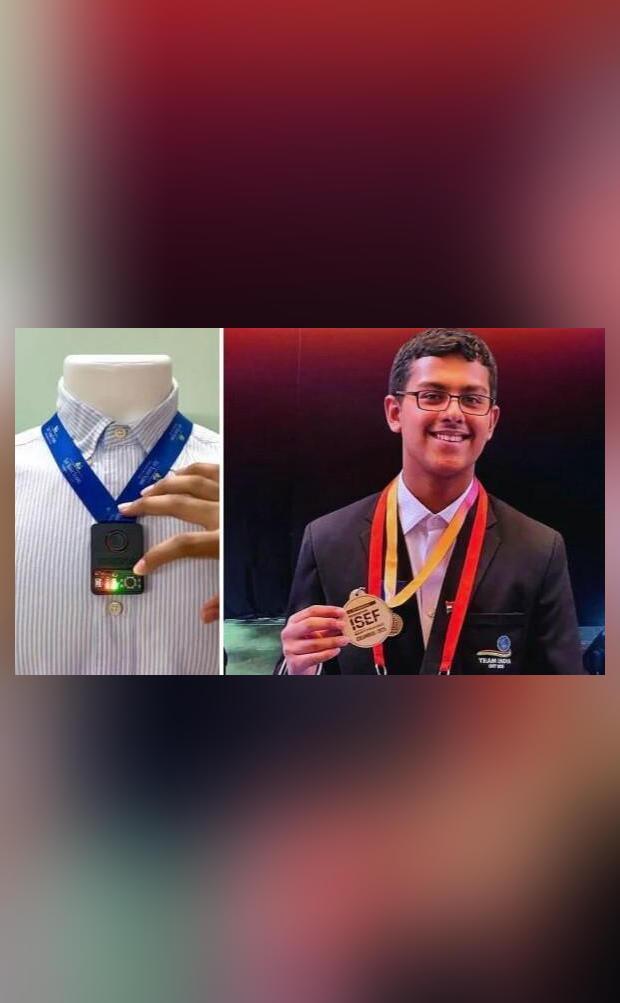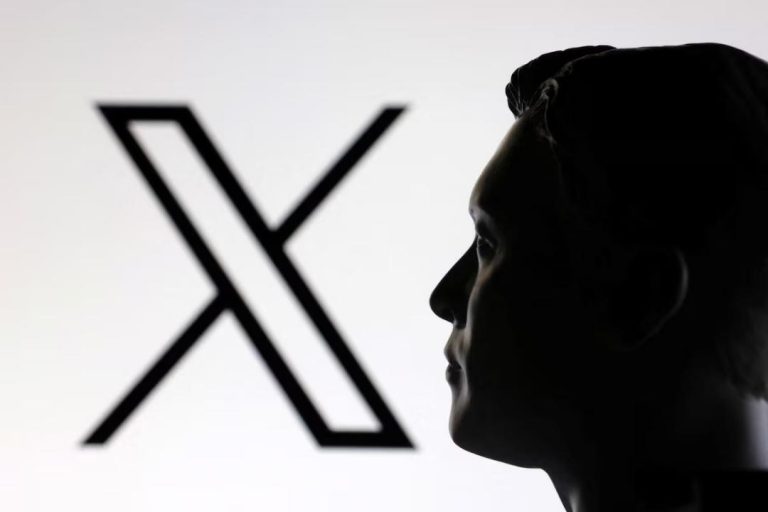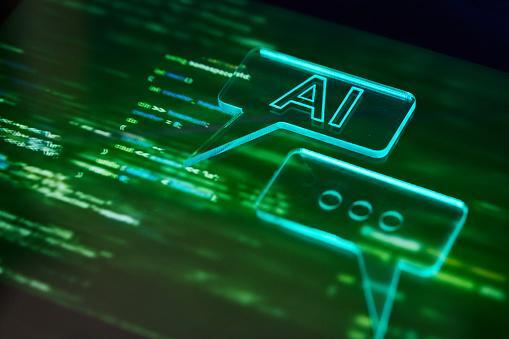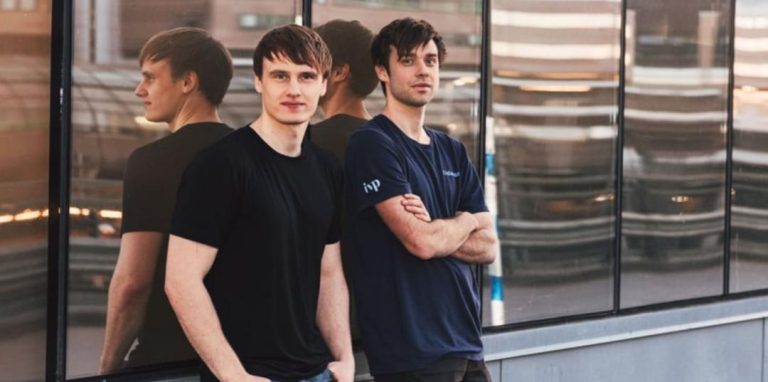
Indian Teen Develops AI Speech Device to Help Paralysis Patients
In a remarkable feat of innovation, Pranet Khetan, a class 11 student from Gurugram, has developed an AI-powered speech device called Paraspeak to help people with dysarthria, a motor speech disorder often affecting patients with paralysis, Parkinson’s disease, and other neurological conditions. Paraspeak is a game-changer in the field of speech therapy, as it translates slurred speech into clear and understandable language.
Dysarthria is a condition characterized by slurred, slow, or strained speech, which can be caused by a variety of factors, including neurological disorders, injuries, or illnesses. For individuals affected by dysarthria, communication can be a significant challenge, leading to feelings of frustration, isolation, and depression. Traditional speech therapy methods can be time-consuming and ineffective, which is where Paraspeak comes in.
Khetan, a 17-year-old student of Gurugram’s Suncity School, developed Paraspeak as part of a project for his school’s science fair. With the guidance of his mentor, Dr. Sumeet Aggarwal, a robotics expert from the Indian Institute of Technology (IIT), Khetan used machine learning algorithms to create a device that can accurately recognize and translate dysarthric speech.
Paraspeak uses a smartphone app that records the patient’s speech and sends it to the cloud-based server for processing. The AI algorithm then analyzes the audio and converts it into clear, understandable speech, which is then synthesized and played back to the patient. The device is designed to be user-friendly, with a simple interface that allows patients to adjust settings and customize their speech output.
What sets Paraspeak apart from other speech recognition devices is its ability to recognize and translate Hindi dysarthric speech, a rare and underserved aspect of the market. Khetan’s device is India’s first open-source speech recognition tool for Hindi dysarthric speech, making it a groundbreaking innovation in the country.
Paraspeak has the potential to revolutionize the way we approach speech therapy for patients with dysarthria. With its user-friendly interface and ability to recognize and translate Hindi dysarthric speech, the device can help patients communicate more effectively, leading to improved mental health and overall well-being.
Khetan’s achievement is all the more impressive considering his young age and the complexity of the project. “I started working on Paraspeak about a year ago,” he said in an interview. “I was inspired by my grandfather, who has Parkinson’s disease and struggles with speech. I wanted to find a way to help him communicate more easily.”
Khetan’s creation has already gained international attention, with experts hailing it as a significant breakthrough in the field of speech therapy. “Paraspeak is a remarkable achievement, especially considering it’s an open-source device,” said Dr. Aggarwal. “It has the potential to make a huge impact on the lives of patients with dysarthria, not just in India but globally.”
The future of Paraspeak looks bright, with Khetan planning to further develop the device and make it more accessible to patients. He is currently working with a team of researchers to refine the algorithm and improve the device’s accuracy.
In conclusion, Pranet Khetan’s AI-powered speech device, Paraspeak, is a remarkable innovation that has the potential to transform the lives of patients with dysarthria. Its ability to recognize and translate Hindi dysarthric speech makes it a game-changer in the field of speech therapy, and its open-source nature ensures that it will be accessible to patients and researchers around the world.
Source:



